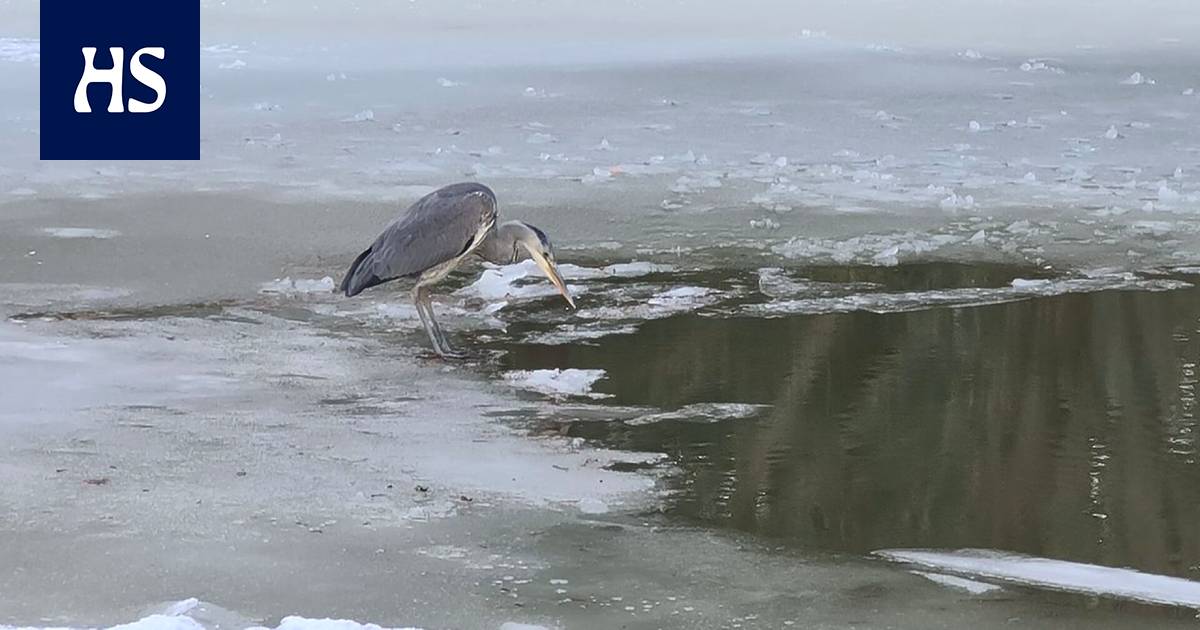Tammisalo is home to a rare stubborn gray heron. It is not interested in a southern vacation, even though sometimes the stork has had to paint in the freezing cold.
In many this year, Finnish homes have had to cope with worse than normal conditions, when the price of electricity has skyrocketed. Some may have had the thought that it might be more comfortable to live in a warmer country.
But, don’t give up yet. Yes, we can do it here.
The model is shown by the gray heron living in Tammisalo, Tiiliruukinlahti, which stubbornly stays in Finland, even though its other friends – shall we say loser friends – have fled to warmer countries.
“There it stands on the edge of the ice and looks like it’s thinking, I won’t give up, damn it,” says a resident nearby Timo Niukkanenwho captured the stork in a photograph.
“It’s like SpongeBob of Saarijärvi, tenacious.”
Niukkanen has been photographing this stork living at the mouth of the Degerö canal since December and has been updating it on Facebook. Many commenters have wondered how this stubborn gray heron survives in freezing conditions. Normally, Gray Egrets move to warmer conditions during the coldest winter.
Birdlife Finnish conservation expert Tero Toivanen says that there is no reason to worry if the bay remains warm.
“If a gray heron catches a fish, it will be fine.”
A gray heron needs about five hundred grams of fish per day, but can get by with less for a few days.
There has been a local Facebook discussion about the topic. Some Facebook commenters said that they took small fish to the heron during the worst frosts. According to Toivanen, there is no harm in this, as long as you take care not to disturb the bird.
“But you don’t have to feed it, it can move elsewhere if it can’t find food.”
Gray herons in Syvännesaari in 2020. The gray herons obediently followed safety intervals, after all, it was the worst time of the corona epidemic.
According to Toivanen, the number of gray herons in Finland has increased very strongly in the 21st century. In summer, about 3,000 gray herons live permanently in Finland.
In late summer, the number of herons is increased by visiting acquaintances from the south, who come to Finland to survey new residential areas. In autumn, however, they sneak back to warmer places. Only some storks stay in Finland for the winter.
“In a mild winter, a few dozen of them can hibernate in Finland. Strictly not necessarily at all.”
According to Toivanen, one of the reasons why storks are seen more and more frequently in Finland, also in winter, is the warming of the climate. Cool places to eat are also available in winter.
What comes to Saarijärvi’s Paavo, which resides in Tiiliruukkilahti, its chances of survival seem good so far.
“The bay rarely freezes because there is a current,” says Timo Niukkanen.
“I bet it will survive, as it survived the severe frosts of December and early January.”
#Helsinki #gray #heron #standing #give #Tammisalo







